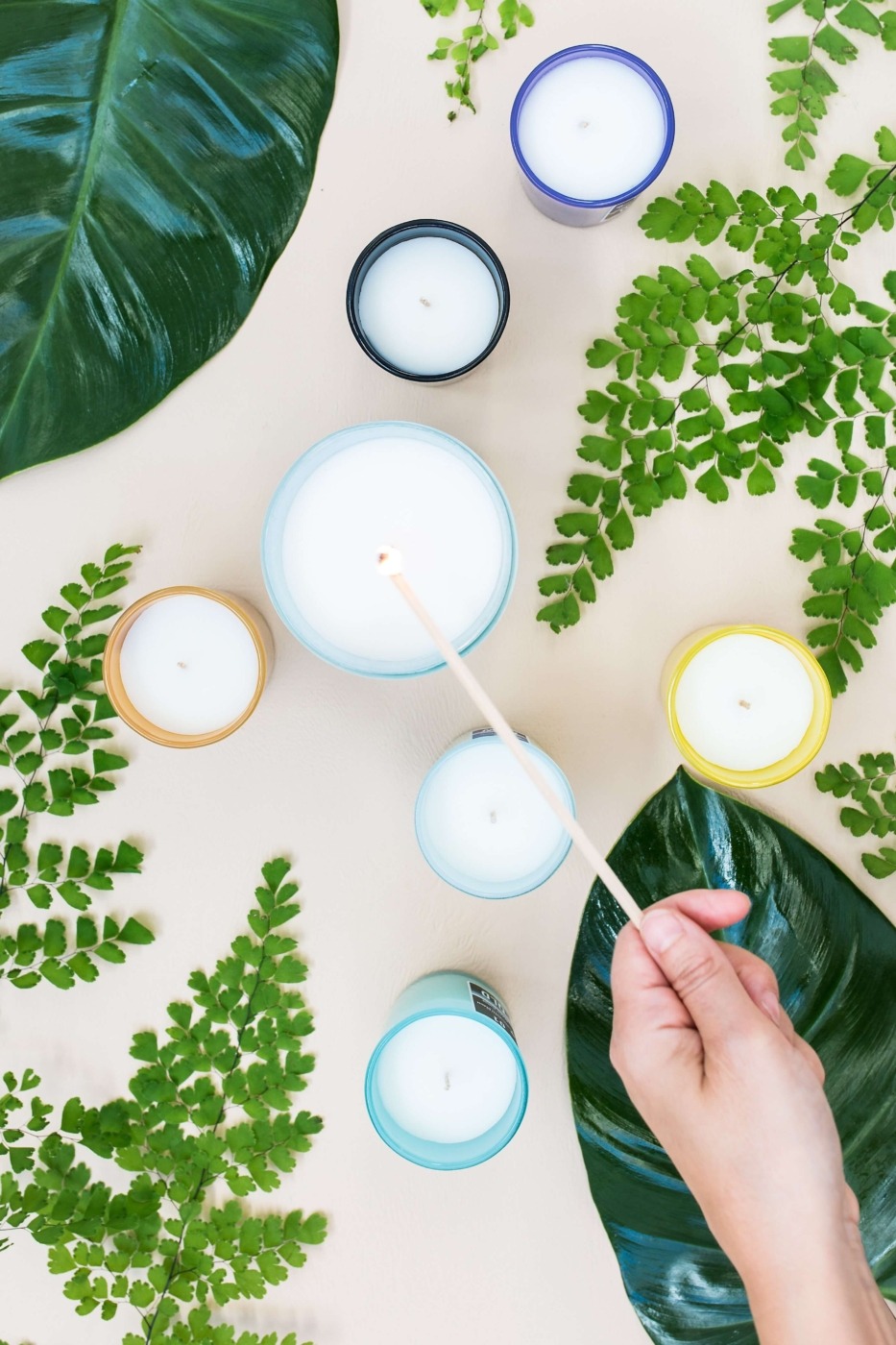New Year, New Me: a week of practising mindfulness
As someone who struggles to understand and control their anxiety, the craziness of this past year has forced me to acknowledge and come face to face with my mental health. I have never spent this much time with my own company, and I think it is safe to say that we have all learnt a little more about ourselves recently due to the pandemic. I have learned that I need to take a more proactive approach to improve myself mentally and thus, going into 2021, I hope to find something that works for me.
Meditation and mindfulness are often thrown around during discussions of stress, anxiety and mental health. I had never thought of it as something I would do, as, admittedly, I have a closed mindset. However, I felt I had nothing to lose, so I decided to give it a try. I downloaded the Headspace app, committing to completing short sessions every morning and evening for a week to see how I got on.
Meditation is something that requires practice and repetition
I started with the ‘Basics’, a short ten-step course complied of audio sessions, each roughly four minutes long, that introduce you to the act of meditation and mindfulness. Within the first couple of sessions, I realised that I had several misconceptions about the act of meditation.
I always assumed it was something I would be able to do, that I could throw on a video, follow the instructor’s voice, and walk away satisfied. It quickly became apparent that meditation is something that requires practice and repetition. To begin with, I struggled to stay focused and fully understand the words being spoken to me.
Even the simple instruction to “feel the weight of your body as it makes contact with the surface beneath you” was something I could not fully ground myself in. It was not until the end of the course that I truly felt my focus beginning to grow stronger.
The wandering of your mind during meditation is not a sign of failure
Another misconception I had held was that meditation requires complete withdrawal from reality. I had believed that submersion in the spiritual is only achievable by blocking out all your thoughts and everything around you. This was quickly dismissed by the instructor’s encouragement of acknowledging the senses.
I was familiar with this practice in the popular five-four-three-two-one technique for calming anxiety. It involves identifying five things you can see, four things you can touch, three things you can hear, two things you can smell and one thing you can taste. I had not expected the reassurance that the wandering of your mind during meditation is not a sign of failure but rather a natural occurrence. The instructor recommends noticing myself wandering, acknowledging the thoughts and then returning my focus to the session and my physical presence.
I can already see the benefits of using meditation
After completely the ‘basics’ course, I can already see the benefits of using meditation and mindfulness. I particularly found it useful in the evenings. Making it the last thing I did every night enabled me to fall asleep much faster than my usual prolonged tossing and turning.
I am unsure whether I have the focus and commitment to complete the practice every day as I have been for the past week but t is reassuring to know that if I find myself in states of worry or prolonged periods of worsened anxiety, I now have a new tool at my disposal. I mainly intend to carry the practice of mindfulness in the future. Focusing on our immediate surroundings’ individual aspects rather than the everchanging world’s enormity is incredibly calming and grounding.
I would recommend it to anyone
The Headspace app will remain downloaded on my phone. I would recommend it to anyone looking to start a similar journey with meditation and mindfulness. The app has also teamed up with Netflix to produce a series outlining the practice – something I am keen to watch.
If nothing else, I suggest using the app or the act of mindfulness and meditation to set aside uninterrupted time for yourself. Mental health is important all the time, but now more than ever, it is important to practice self-care and check-in with yourself. Join me in making this a proactive goal for your new year.

Comments